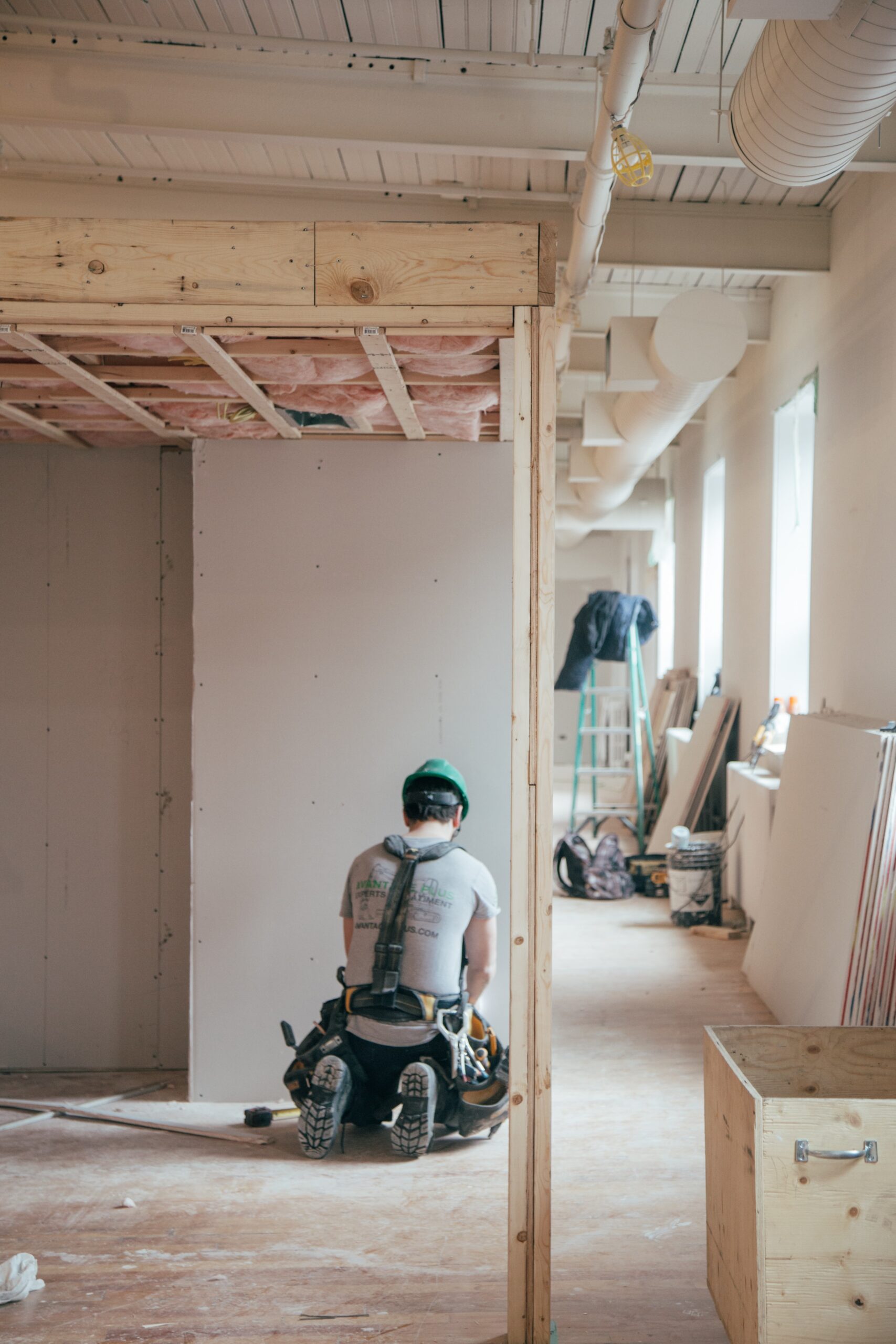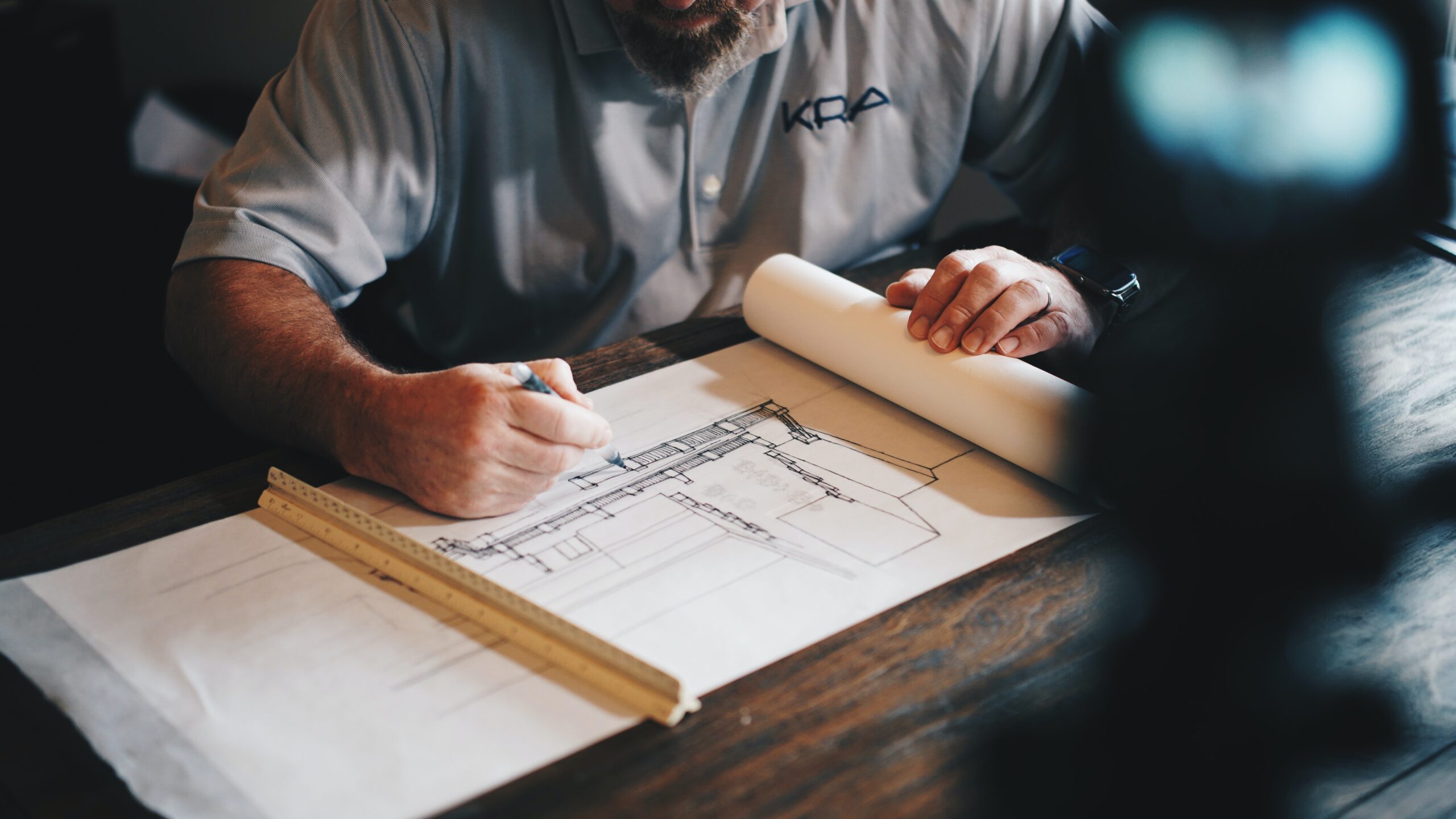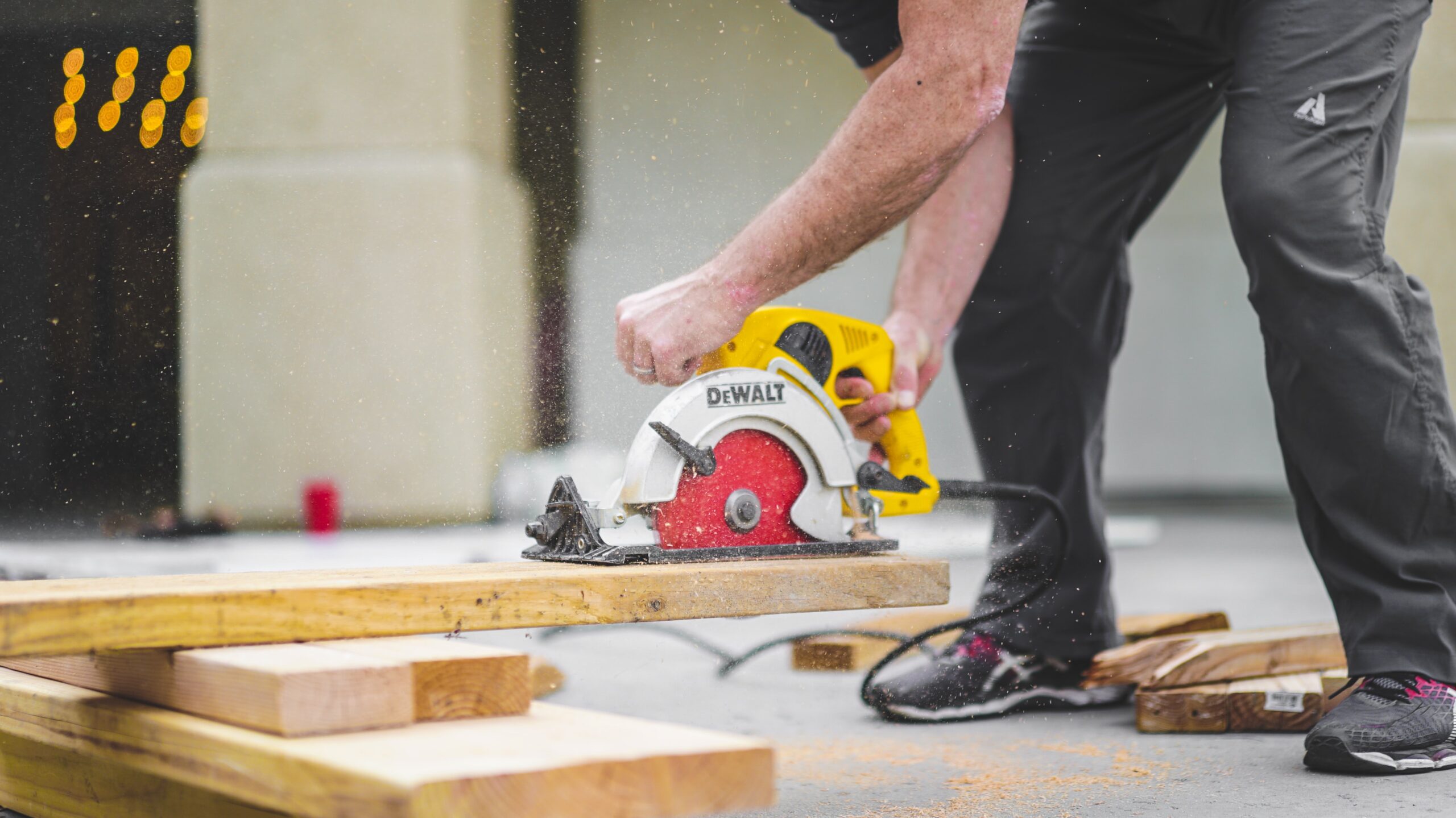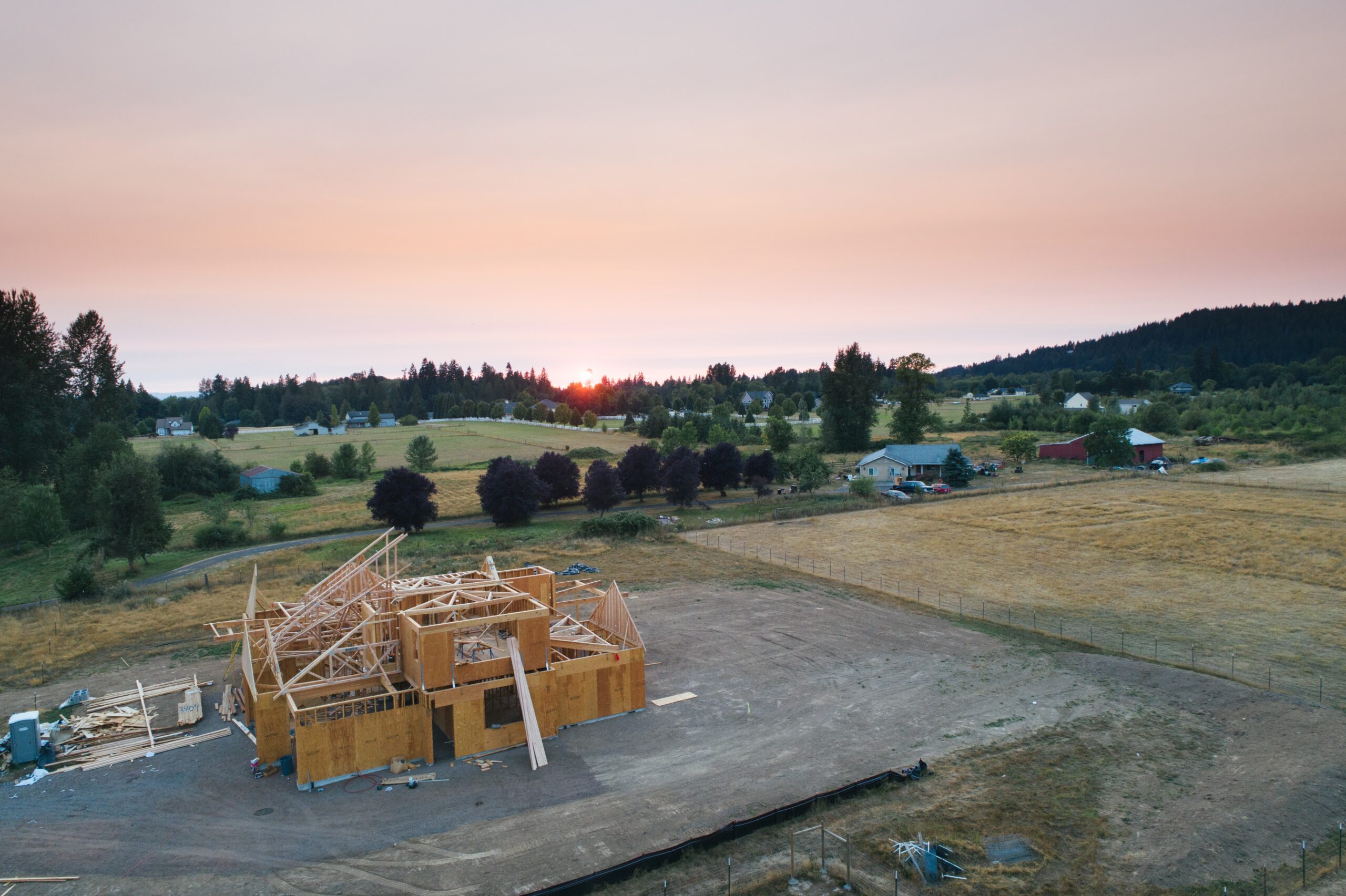How to Keep your Construction Timeline and Sanity in Check During a New Home Build
In a perfect world, building a custom home would be smooth sailing without any unforeseen bumps on the road to completion. To every homeowner and builder’s demise, that is usually not the case! The building process has its ups and downs and will more than likely hit some unexpected hiccups along the way. Common hiccups that occur on many homebuilders’ journey include unforeseen weather conditions, surprise expenses, supply shortages and human error that can all push back a pre-planned construction timeline.
While some trip-ups like weather are uncontrollable, it is important to control what you can control. In order to stay on track throughout the trials and tribulations that may arise, we have shared 8 tips to best optimize and keep your construction timeline on track.
Before we get into how to keep your new home build on time, we thought it would be helpful to do a quick overview of the different build stages and their average timelines so that you can best understand why a construction process takes the time that it does.


The Average Build Stages:
- Pre-Construction: This phase can take a few weeks or a few months depending on your level of consistency and design complexity. Activities such as planning, designing and lot purchasing all make up this crucial pre-construction phase.
- Site Preparation (Week 1): This phase includes clearing, excavating, and leveling the lot that you have purchased for your new home.
- Footers, Foundation, and Framing (Weeks 2-5): This stage is all about establishing the building blocks of your home. The foundation will be poured, and the floors, walls, and roof skeleton will be constructed with wood. This stage can involve many weather-related setbacks as the foundation of your home must be set up delicately and securely.
- Major Components & Drywall (Weeks 6-8): This is all about securing the inside your home with drywall, insulation, plumbing, heating and cooling units, as well as electrical systems.
- Flooring & Paint (Weeks 9-11): This period is when your house starts to look like a home. Floors are lay down, cabinets are installed, and details such as trim and crown molding will be installed.
- Fixtures, Appliances, & Smart Home Additions (Weeks 12-13): Once the bones of the home are built, it’s time to call in the delivery trucks and subcontractors as things like faucets, light fixtures, appliances, and countertops are installed. This is an exciting phase for many homeowners as their personal style begins to show through.
- Closing (Week 14): At this point, all there is left to do is a walk through, inspection, and last-minute security add-ons such as window and door sensors if you would like. Grab the keys and start moving in!
Now that you have a brief understanding of what activities your construction timeline will include, we can now do our best to keep those various activities on track.
Tip 1: Establish realistic expectations from the beginning.
Communication with your project manager is essential. In the planning and designing stages, it is vital to establish strong channels of communication and to be extremely transparent about exactly what your visions and goals are. This way, your builder can properly account for each component of the timeline.
Tip 2: Plan the process out thoroughly.
It is imperative that you create a detailed plan with your project manager from the get-go. Once all your details and processes are in place, it will be easier to make a realistic timeline and stick to it. Adopting an extremely detail-oriented frame of mind and strong organizational system will help with this as well. Keeping your many important files and documents in order will help you make efficient and informed decisions to keep your timeline on time.


Tip 3: Get all of your finances in order (with wiggle room) prior to build.
Having to wait on bank approvals or even running out of funds when construction is supposed to be chugging along is never an enjoyable way to spend your time. To avoid this modern-day tragedy, get your finances in line with room to spare before building begins! Prices can be volatile, so leaving that cushion for variation will create a great safety net for you.
Tip 4: Choose your builders carefully.
Choosing the right builder for you will make all the difference. Keep your eye out for a building crew that will be transparent and forthcoming with information regarding your build timeline, financial quotes, and the day-to-day building updates. Having a good builder that you trust and are able to communicate with is a sure way to increase your construction productivity and efficiency.
Tip 5: Choose your suppliers carefully.
All of the materials that are needed to construct your home come from a variety of suppliers that you have the opportunity to pick out. Reliable suppliers mean honest timelines, good quality materials, and open communication. Of course, unavoidable stumbling blocks such as storms or shortages may occur and set back your supply deliveries but do your best to control the controllable by doing your research and carefully picking out your suppliers!
Tip 6: Slow and steady wins the race.
Avoid mistakes by not rushing into decisions. Rushing the construction process or rushing important decisions will more than likely result in mistakes, sloppiness, and cut corners. This is not what you want to come of your dream home! Do your research, methodically plan with the help of your builders, and take a deep breath as slow and steady truly does win the race.


Tip 7: Make sure your team is making full use of their time and your time.
This one is pretty self-explanatory but sometimes difficult to address for the more passive-aggressive people out there. You must make sure that the team you hire is respecting your time by using their time productively. A good way to ensure this is by setting a precedent of efficiency from the get-go with your project manager.
Tip 8: Expect setbacks.
Last but certainly not least – expect setbacks. Things that are out of your control will always occur, so it is vital to keep a level head and an eye on the long-term prize. We strongly recommend that you and your project manager address what these roadblocks may be and always have a contingency plan for when things go awry.
Remember to take into account that each build is unique and can take anywhere from 3 months to 3 years depending on size, complexity, and the level of customization. Once you talk with your builder and make your own unique timeline that aligns with your goals and the building company’s capabilities, we hope you will now have the insight to make sure your build stays on schedule as much as possible.